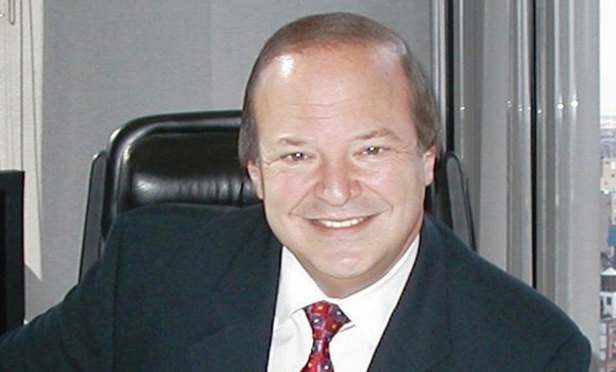The bedrock of franchising is uniformity: Uniformity of franchised unit appearance (with some variation). For quick serve restaurants, it’s uniformity of product offerings, ingredients and recipes. In guest lodging, it’s uniformity of hotel appearance, guest room features, meeting facilities, food and beverage offerings and Wi-Fi availability. In the convenience store setting, it’s uniformity of store appearance and décor; food, beverage and other items offered for sale; inventory requirements; and hours of operation. In franchising, the goal is replication—a McDonald’s Big Mac should taste the same in Boston as it does in Los Angeles and a Holiday Inn hotel should have the same look and feel in Pittsburgh as it does in Portland.
This is what the public wants—indeed, demands. Consumers have come to associate franchisors’ trademarks and service marks with certain standards of quality, product offerings, unit appearance and an array of other attributes. And the public expects those to be reflected in every franchised unit it frequents.
This content has been archived. It is available through our partners, LexisNexis® and Bloomberg Law.
To view this content, please continue to their sites.
Not a Lexis Subscriber?
Subscribe Now
Not a Bloomberg Law Subscriber?
Subscribe Now
LexisNexis® and Bloomberg Law are third party online distributors of the broad collection of current and archived versions of ALM's legal news publications. LexisNexis® and Bloomberg Law customers are able to access and use ALM's content, including content from the National Law Journal, The American Lawyer, Legaltech News, The New York Law Journal, and Corporate Counsel, as well as other sources of legal information.
For questions call 1-877-256-2472 or contact us at [email protected]



